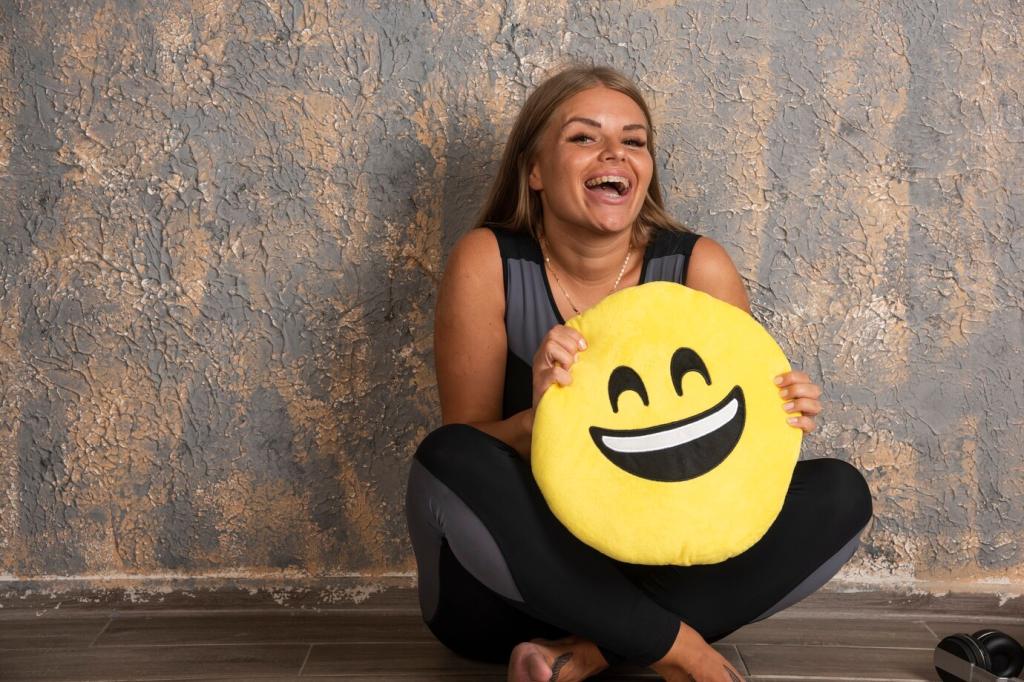Mindfulness and Journaling for Emotional Clarity
Spend two minutes noting: planning, worrying, judging, remembering. Labeling gently separates you from the thought, reducing intensity. Emotional balance grows when thoughts are witnessed with curiosity, not treated as urgent commands.
Mindfulness and Journaling for Emotional Clarity
Write three simple gratitudes—specific and sensory. Example: sun on kitchen tiles, warmth of the mug, a text from a friend. Concrete details train your attention toward stabilizing cues that buffer stress and uplift mood throughout the morning.










